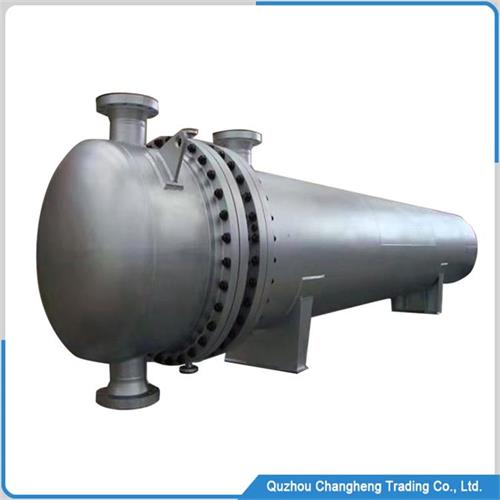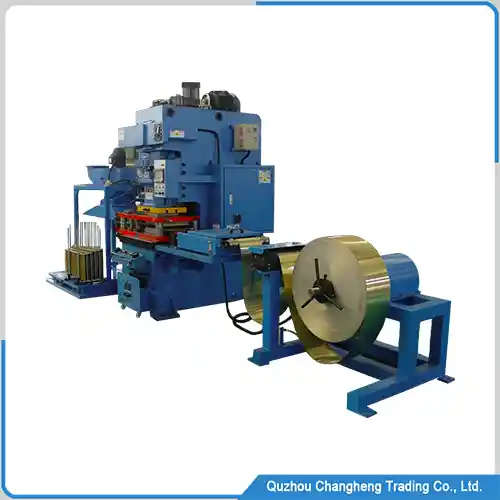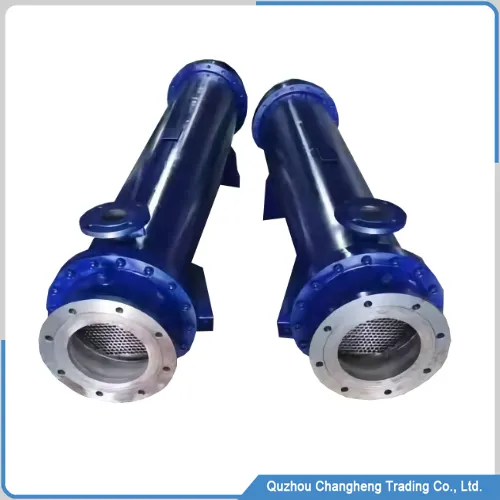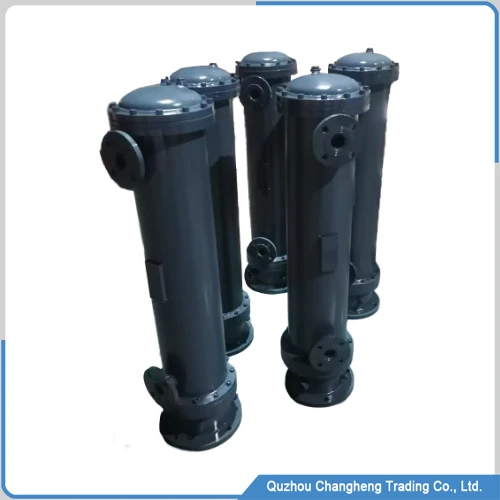



Product Description
This type of flat plate heat exchanger is suitable for industrial use. It consists of multiple corrugated plates, sealing rings, and frames. They stack and assemble each other, locking them with screws.
A dedicated mold presses its flat plate to form intersecting ripples, which can effectively increase the medium flow resistance and achieve higher heat transfer efficiency.
With industry development, people are increasingly inseparable from this type of heat exchanger, such as pharmaceutical factories, oil factories, thermal power generation, etc.
Classification of heat exchangers
Types that can be disassembled
This flat plate heat exchanger type comprises corrugated plates stacked layer by layer. An EPDM rubber sealing gasket between the plates and the frame is fixed to form a complete heat exchanger.
After long-term use,
the sealing gasket can be disassembled and replaced to clean the internal dirt, so its service life is very long.
Welding-type heat exchanger
Ar argon arc welding between the plates without sealing strips fixed its structure. Its advantage is that it can withstand higher working pressures.
This type of heat exchanger is usually used in fields that require high pressure, and its price is slightly higher than that of detachable heat exchangers.
Flat plate heat exchanger data
| ITEM | DATA |
| Model | CH-HE01 |
| Active Area Per Plate | 0.1M2 |
| Plate thickness | 0..5mm |
| Nominal plate gap | 3.8mm |
| Port diameter | 50mm |
| Flow rate | 53M3/h |
| Connection diameter | DN50 |
| Max Work pressure | 1.6 mPa |
Installation precautions
- The heat exchanger should not have deformation, and screws should not be loose or other mechanical damage.
- The top of the heat exchanger has an O-ring for lifting. Please use it correctly to avoid unscientific operations that may damage the plates.
- Sufficient space should be reserved around the heat exchanger to facilitate easier maintenance in the future.
- When installing inlet and outlet pipes for cold and hot media, follow the instructions for linking the pipes.
- It is best to use new pipes to connect the flat plate heat exchanger, If pipes are used, the inside of the pipes should be clean.
- The heat exchanger should have a maximum working pressure of 1.6 MPa. If the operating environment exceeds this pressure, Need to notify the engineer.
Flat plate heat exchanger manufacturer’s factory video
Other types of heat exchangers
Q & A
A: Our heat exchanger is out of stock, but we have many plate parts in stock, and our fastest delivery time is 15 days.
A: No problem. We also supply our flat plate parts to many heat exchanger factories around the world.
A: Our factory has many different sizes of flat plates and heat exchangers, You can contact our engineers to obtain our catalog.
















 wechat
wechat